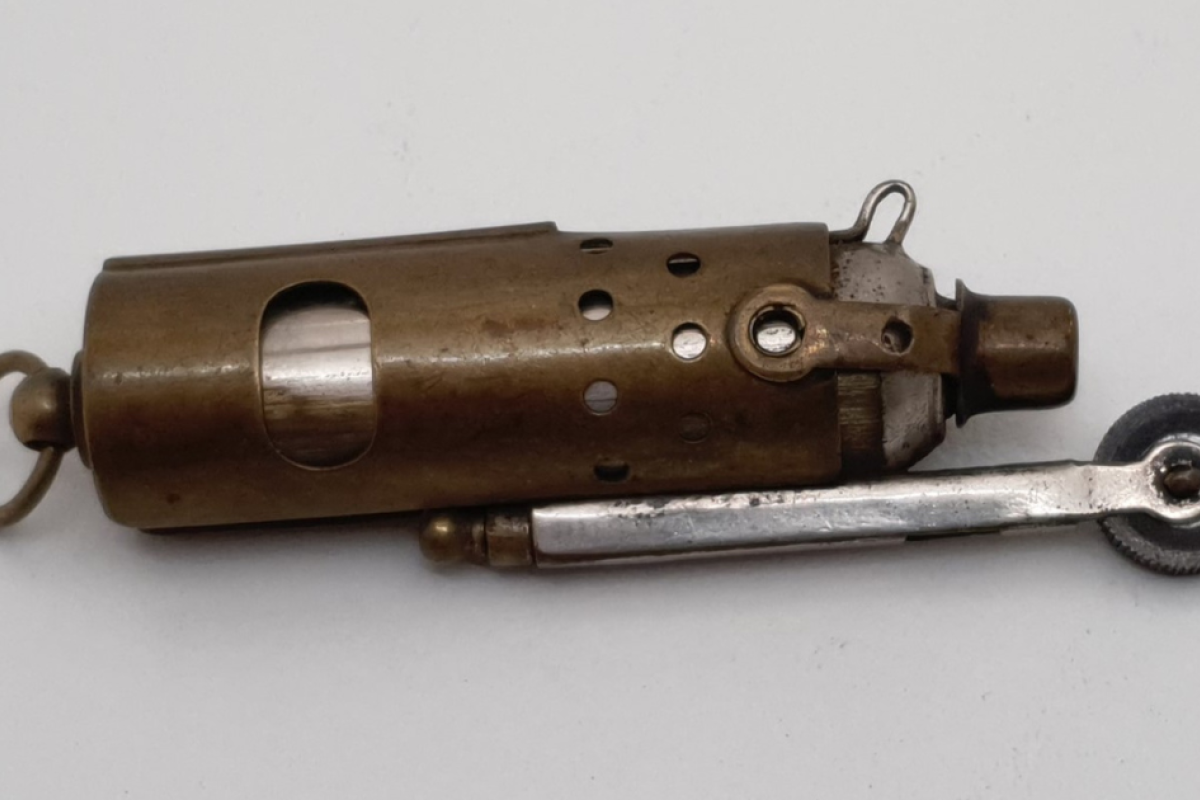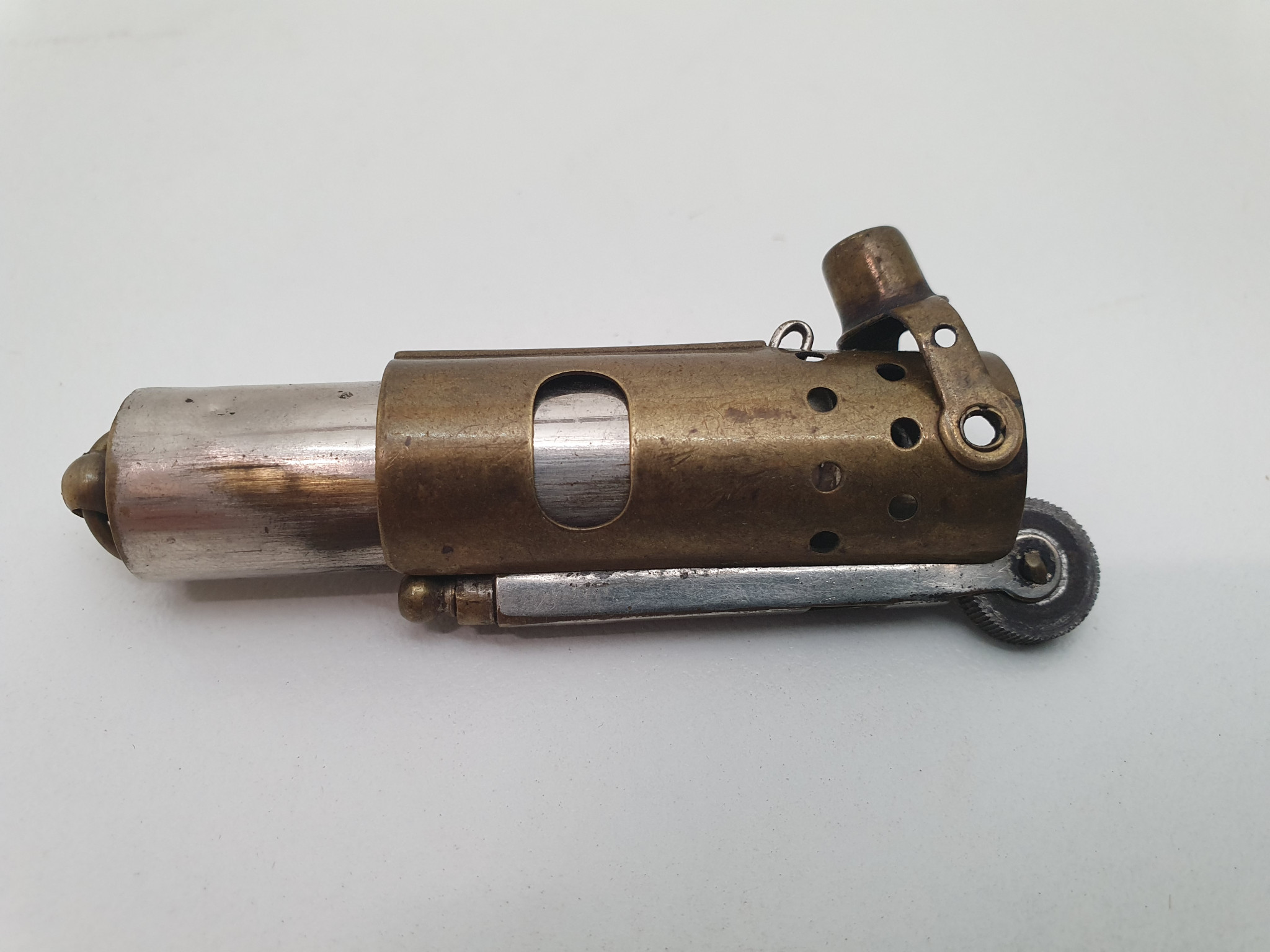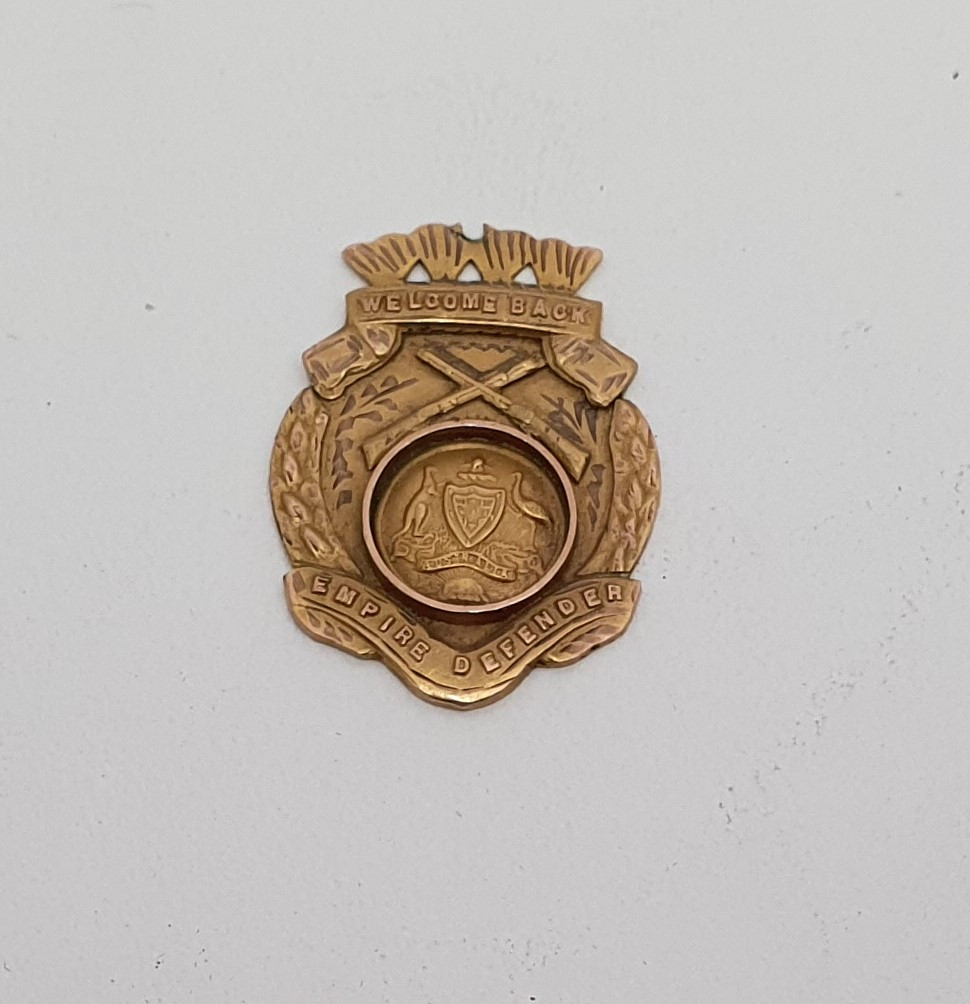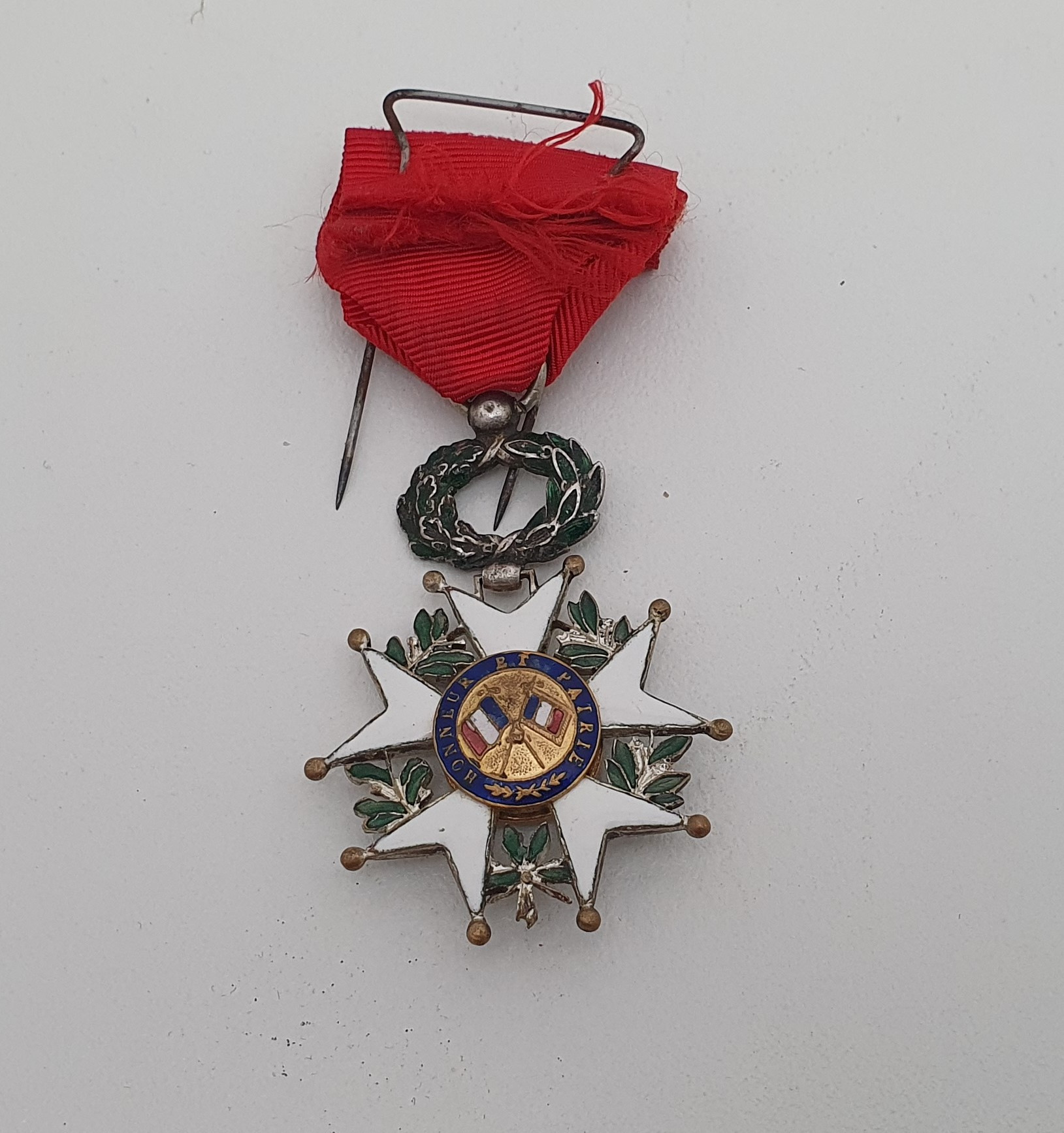General News
24 May, 2025
Museum news: Snippets From Our Past
Artefacts from the museum - A brass lighter, a badge and a medal.


By Leonie Montgomery, museum coordinator
Made from brass, this week’s artefact looks very much like a bullet. It is 65mm long and apparently the size of a .303 cartridge. It is a lighter, but its origin ended up being a bit blurred.
‘The Lighter Library’, which happened to be my first port of reference, started by reporting that this item is often mistaken as a trench lighter, but isn’t as this style of lighter was not invented until after WWI. The patent was made in Austria by Hans Siberknopf in 1925.
The article goes on to say that the earliest term ‘trench lighter’ was for a non-liquid fuse or rope lighter that was used during WWI. The rope lighter was designed in 1911 by Austrian Arthur Dubsky and bears no resemblance to this artefact.
The 1925 Siberknopf design was produced by IMCO and marketed as a ‘Storm Lighter’. Apparently, the design was copied by many U.S. and Japanese companies and deceptively described as ‘Trench Lighters’.
In the 1930s Bowers Mfg. produced copies and called them ‘Sliding Sleeve’ lighters and ‘Windproof Lighters’.
An article by Dillon McLaughlin from 2018 titled ‘The History of the Trench Lighter’ appeared on the ‘Cool Material’ website. This article told a very different story of the origin of our artefact. It begins “Soldiers had plenty of free time (even if you wouldn’t think of boredom being a major factor in the First World War), so small models of homes and towns began to pop up, as well as a vibrant trench art community, where soldiers repurposed spent ammunition, spare change, scrap metal, and souvenirs captured from the other side”.
Dillon goes on to talk about how lighters were hard to come by but were required for lighting cigarettes or explosive fuses. The makeshift lighters were generally made from British .303 rounds. You can get instructions on how to construct one of these lighters from the internet. Dillon states “essentially you need two casings where one acts as a windscreen for the flame, while the other holds the cotton and fuel. You could slide the windscreen up, light the flame, put it to whatever it was you needed to ignite, then slide everything back into place”.
Our example is missing the loop which attached the snuffer to the raise and lower slider. When everything slid back into place, the snuffer would automatically cover the flame and extinguish it.
Many examples of this lighter have makers marks, ours is unmarked. It was donated to the Nyngan Museum, along with a collection of military items that belonged to Private John Doherty. Anna Coby’s research shows that John Doherty enlisted on October 26, 1916 at the age of 32.
His address was given as c/- J. Lahey, ‘Milanleand’ via Nyngan. John served in the Australian Imperial Force. His unit was the 23rd Battalion, 23rd Reinforcement. Private Doherty returned to Australia on May 31, 1919, where he was presented with the ‘Welcome Back’ badge.
The brass badge has a circle containing the ‘Coat of Arms’ topped by two crossed rifles. There are four plumes across the top with a banner underneath which reads ‘Welcome Back’ and the ribbon on the bottom says, ‘Empire Defender’.
The reverse is engraved with the recipient’s details. “Presented to Pte. J. Doherty by the Returned Soldiers Reception Committee on behalf of the residents of Nyngan & District 1919.” Gunner James Patrick (Paddy) Boland was another Nyngan lad who was given one of these badges on behalf of the residents of Nyngan and District. Other artefacts belonging to Paddy, but only a photo of the badge, are on display at the museum
Another medal that was donated in this collection was the French National Legion of Honour medal. This is the highest and most prestigious French national order awarded for both military and civilian merit.
The Australian Government Department of Veterans’ Affairs website states that among the recipients are those who risked their lives in the service of France during the World Wars.
This includes those who served on the Western Front between March 1916 and November 1918, where some 46,000 Australians lost their lives and more that 150,000 were wounded. Private John Doherty’s service record shows that he was in France from May 1917. There is no record of John being awarded the French National Legion of Honour medal, but there is correspondence dated 26th July 1924, when John was living at Buckinguy (this is the spelling on the letter), regarding his receiving the ‘Victory Medal’.
Why this prestigious award is part of the collection is a mystery. Wikki has a list of recipients of the Legion of Honour and since 1917 there are 31 Australian recipients.
Regarding the lighter, John Doherty was part of the First World War, and the lighter is with his ‘Welcome Home’ badge, so I will assume that the lighter comes from that period, but this is not verified.
Please contact us at the museum if you do have any actual knowledge of this, or any other item, that the research has not uncovered, or is incorrect.
As you can see by the beginning of this article, the research at times shows many contradictions.


Read More: Nyngan